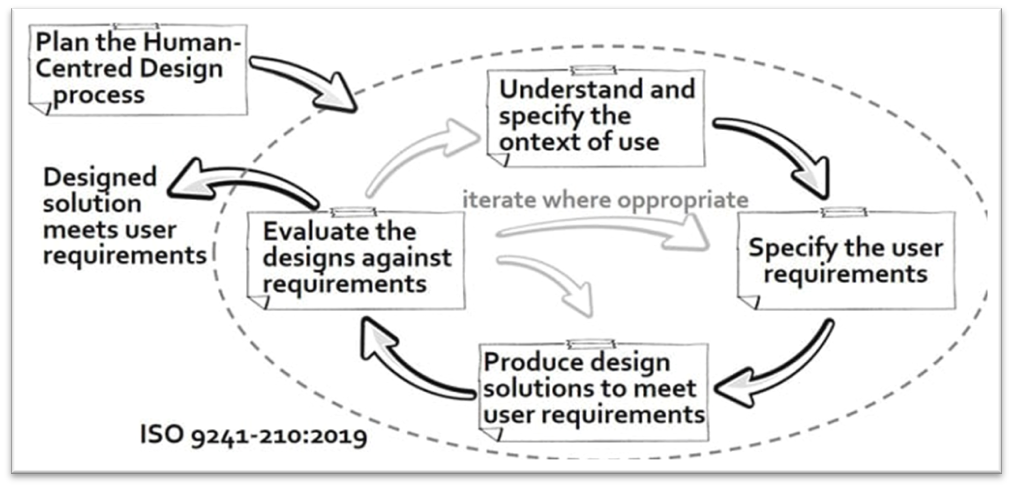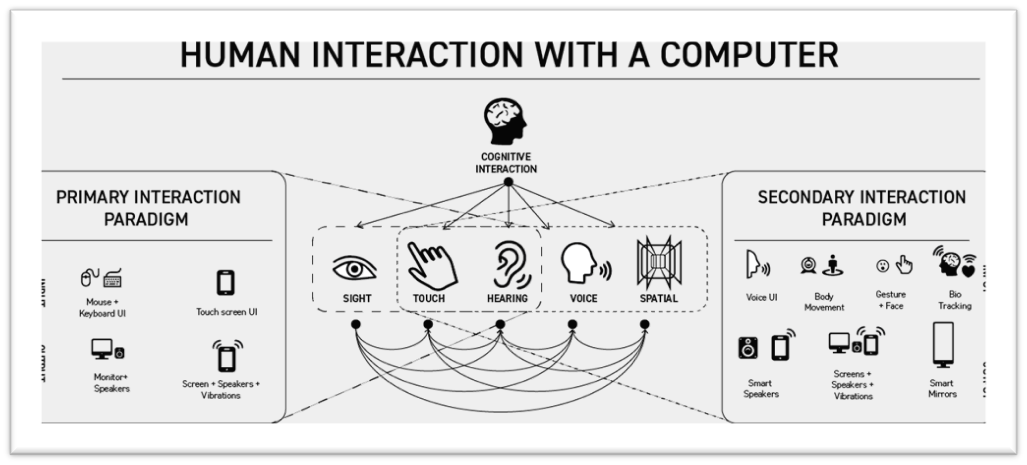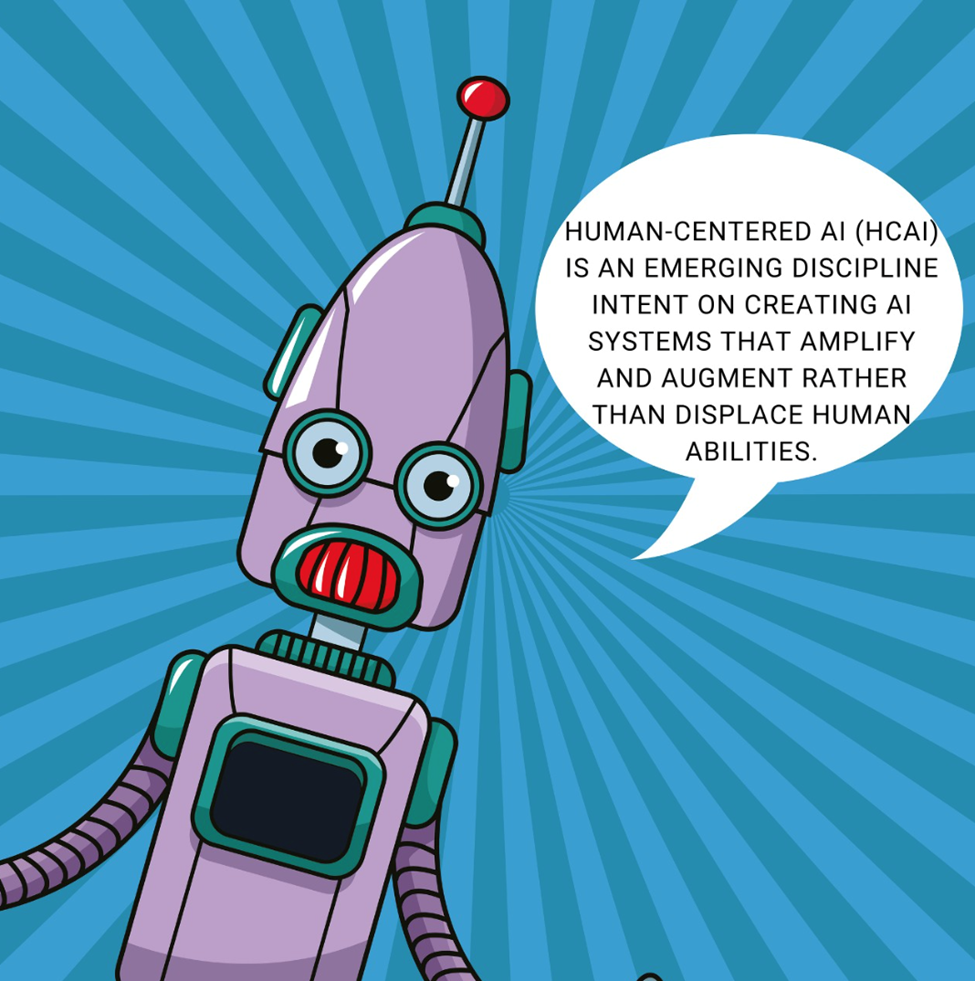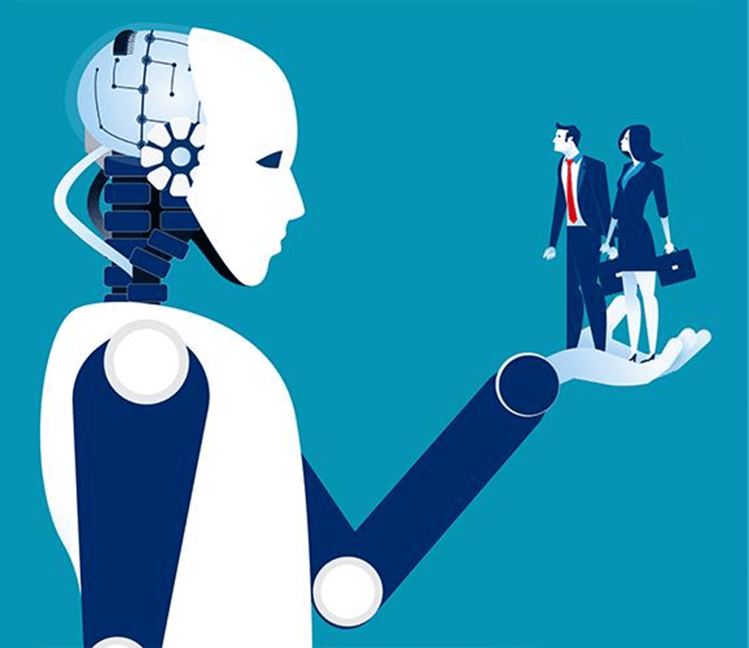Designing A New Era of eDiscovery: The Power Of Human Centered AI
Ladies and gentlemen welcome to the era of Human-Centered AI (HCAI) in electronic discovery! That's right, we're talking about the magical combination of human-centered design and artificial intelligence. HCAI is revolutionizing the world of legal document review.
It's a whole new ballgame when it comes to legal document review. And I am here to give you the rundown on what this transformative technology can do for you.
Gone are the days of spending hours upon hours sifting through piles of documents like a lowly medieval scribe. With the power of HCAI design, legal teams now have access to advanced algorithms and user-centered design. Making the process faster, more efficient, and more accurate than ever before.
It's not just about automating tasks or speeding up the process, though. HCAI design is about creating a seamless experience for the user. It's about making sure that the technology is working for the user, not the other way around. And that's why it's such a game-changer.
At Reveal we have been all in on HCAI since our inception. Our user-accessible data visualizations (like the cluster wheel and communication map) bring the power of AI to even nondata scientists. Read on to understand the power of HCAI and Reveal’s unique approach to it!

eDiscovery Headaches HCAI Alleviates
If you're in the legal field, you know that eDiscovery is a necessary evil.
It's time-consuming, expensive, and not exactly thrilling. But what if we told you that there's a solution that could make eDiscovery a little less painful? Enter Human-Centered Artificial intelligence (HCAI) solutions, the superhero of legal tech. Let's dive in and see how it can save the day!
But with human-centered AI, companies like Reveal are tackling these challenges head-on.
Time-consuming, costly, and inefficient processes
Let's face it, traditional eDiscovery is about as fun as watching paint dry.
Parsing Electronically stored information (ESI) time-consuming, tedious, and about as exciting as watching a golf tournament. No offense to golf enthusiasts out there but come on! And don't even get me started on the cost. The billable hours, the endless searches through documents, the back-and-forth with opposing counsel. It's enough to put anyone to sleep.
Lack of Accuracy and Reliability
Let's not forget the risk of inaccuracy and lack of reliability when relying on human review. When you're dealing with mountains of data, it's easy to miss something important or make a mistake. One misstep and it could spell disaster for your case.
Risk of Errors and Missed Opportunities (cue the dramatic music)
The risk of errors and missed opportunities is so high that it's enough to make even the bravest lawyer break out in a cold sweat. It's like a never-ending game of "Where's Waldo?" but with legal documents. And nobody wants to be the one who missed that crucial piece of evidence.
But fear not, because the solution is here!
Enter human-centered AI design for eDiscovery; a superhero coming to save the day. By focusing on usability, seamless user interface, and leveraging the power of AI, we are designing the future of eDiscovery software solutions. Uncovering electronic documents and parsing data sources is lightyears easier with HCAI. So put away the sleeping pills and get ready for a new era of eDiscovery!

How Does Reveal Design Human-Centered AI?
Human-centered AI design for eDiscovery must ensure that the AI system is effective, efficient, and user-friendly. Reveal's approach to human-centered AI design for eDiscovery includes:
Define the Problem
The first step in Reveal’s human-centered AI design for eDiscovery is to clearly define the problem that needs to be solved. This could be anything from reducing the time and cost of eDiscovery to improving the accuracy and reliability of results.
Understand the User
The next step is to understand the needs of the user. This could include legal professionals, paralegals, or other stakeholders involved in the eDiscovery process. It's important to consider their goals, pain points, and preferences to design an AI system that meets their needs.
Gather Data
Once the problem and user needs are defined, it's time to gather data. This could include case-related data, as well as data about the eDiscovery process and the needs of the user.
Analyze the Data
The data gathered in the previous step should be analyzed to identify patterns, trends, and insights that can inform the design of the AI system. This could include identifying common search terms, types of documents, or specific issues that arise in eDiscovery.
Design the System
With the user needs and data insights in mind, it's time to design the AI system. This could include creating algorithms for document review and search, designing the user interface, and determining the output formats.
Test and Refine
Once the AI system is designed, it's important to test it with real users to ensure that it meets their needs and is easy to use. Based on the feedback received, the system may need to be refined and updated to improve its effectiveness.
Implement and Monitor
The AI system can be implemented and monitored to ensure that it continues to meet the needs of the user, delivering the desired results. This could include ongoing updates and maintenance, as well as regular feedback and data analysis to identify areas for improvement.
Human-centered AI design for eDiscovery creates AI systems that are tailored to the needs of the user. This leads to more efficient, and effective solutions that deliver accurate and reliable results.

How Human-Computer Interaction Informs Reveal's HCAI
Human-computer interaction (HCI) plays a crucial role in eDiscovery. HCI is the study of how people interact with computers and how to design computer systems that are intuitive and easy to use. In eDiscovery, HCI is important because it affects the efficiency and accuracy of document review. Which is often one of the most time-consuming and costly parts of the process.
Ways that Reveal is using HCI to make eDiscovery suck less include:
User-Friendly Interface
The eDiscovery software interface should be user-friendly and intuitive. This way legal teams can quickly and easily find the documents they need. A good HCI design can help to ensure that the software is easy to navigate and that important features are easily accessible. Usability is at the forefront.
Collaboration and Communication
Legal teams often work in teams, and it's important that they can communicate and collaborate effectively. Good HCI design can facilitate collaboration and communication. Making it easy for team members to share notes, highlight important text, and communicate within the software.
Powerful but Intuitive Machine Learning
Machine learning algorithms are becoming increasingly important in eDiscovery, but it's important that they are easy for legal teams to use and understand. Good HCI design can help to make machine learning algorithms more accessible. Presenting the results in an understandable way and allowing users to adjust the parameters to meet their specific needs.
Integration
eDiscovery is often part of a larger legal process that includes other tools and software. Good HCI design can help to ensure that the eDiscovery software can integrate seamlessly with other tools and software. Making the overall legal process more efficient.

Flavors of Reveal’s Human-centered AI for eDiscovery
Reveal has a whole host of HCAI available to support document review and eDiscovery today as noted in my last post.
Intelligent Document Review
Reveal Data's AI-powered document review tool uses machine learning algorithms to classify documents, identify relevant information, and prioritize review. This helps to reduce the time and cost of document review and ensures that only the most relevant documents are reviewed by human reviewers.
Language Translation
Reveal Data's AI-powered language translation tool can translate documents in over 70 languages. Making it easy for legal professionals to review documents in their native language. This saves time and ensures accuracy in translation.
Active Learning
Reveal Data's Active learning uses algorithms to analyze and categorize large sets of documents. This helps to reduce the number of documents that need to be manually reviewed by human reviewers, saving time, and reducing costs.
Data Visualization
Reveal Data's AI-powered cluster wheel and communication map can transform large data sets into interactive, easy-to-understand visualizations. This helps legal professionals to quickly identify patterns, trends, and anomalies in large data sets. Allowing them to make better-informed decisions.
By focusing on the needs of legal professionals, Reveal Data can create tools that streamline the eDiscovery process. Helping legal professionals to make better-informed decisions.

What Does The Future Hold?
We continue to face modern challenges in eDiscovery, HCAI design with a focus on end users, and functionality is a key to solving them. The emerging technologies and initiatives we are leaning into for 2023 and beyond include:
Managing the Explosion of Data
With the rise of digital technology, the amount of data that companies generate has exploded. This has made eDiscovery much more complex and time-consuming. Humancentric AI design can help to manage this by using machine learning algorithms to quickly analyze and categorize data. Making it easier for legal teams to identify relevant documents.
Mitigating Privacy Concerns
With the increasing importance of data privacy laws such as GDPR and CCPA, it's more important than ever for legal teams to handle data carefully. Human-centered AI design can help to address this by automating data redaction and anonymization. Ensuring that sensitive information is not inadvertently disclosed.
Facing Globalization
As companies increasingly operate on a global scale, legal teams must navigate a complex web of international regulations and languages. HCAI incorporates machine translation technology and natural language processing. Making it easier to review documents in foreign languages.
Increasing Collaboration
With legal teams often spread across multiple offices and even countries, collaboration can be challenging. Humancentric AI design can help to address this. Using cloud-based technology, allowing legal teams to securely access documents from anywhere in the world and collaborate in real-time.
Implementation of HCAI in eDiscovery has the potential to transform the legal industry. Making it more efficient, effective, and productive. While some may worry about the impact of AI on legal jobs, the reality is that HCAI is likely to enhance the capabilities of legal professionals. Supercharging rather than replacing them.

